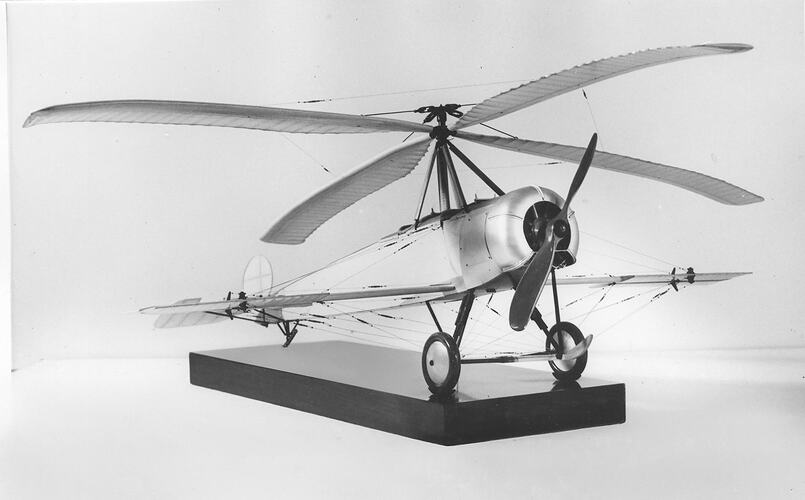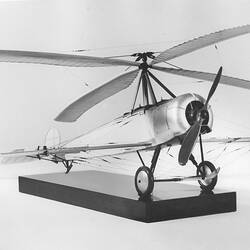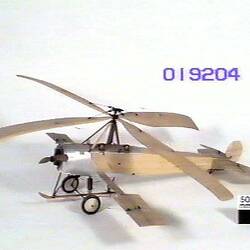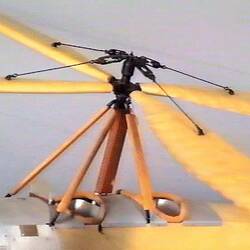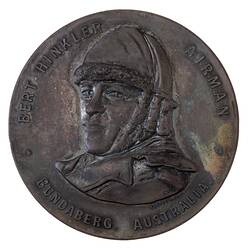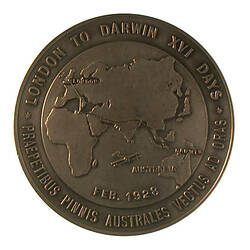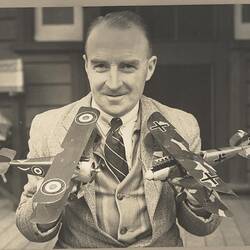Summary
Aircraft History:
In about 1920, Juan de la Cierva began experimenting with what he called an 'Autogiro' flying machine combining a conventional aircraft fuselage and a free-wheeling rotor for short take-off and landing. The Autogiro is recognized as the forerunner of the modern helicopter although the principles of helicopter flight are very different using a powered rotor. After testing a series of machines in Spain, Cierva produced his C.6A in 1923 which combined the fuselage of an Avro 504K aircraft powered by a 110 horsepower Le Rhone rotary engine with a four-blade rotor of his own design. The promising performance of this machine prompted H.E Wimperis, the Director of Scientific Research at the British Air Ministry (who later wrote a report leading to the establishment of the CSIR Aeronautical Research Laboratory in Melbourne) to invite Cierva to test and develop the C.6A in Britain. Flight test results at Farnborough were promising and A.V. Roe & Co. Ltd (Avro) received an Air Ministry contract to produce two similar machines using Avro 504 fuselages.
These two machines were built at Hamble as the C.6C (Avro 574) and C.6D (Avro 575) powered by 130 horsepower Clerget rotary engines. The C.6C first flew on 19 June 1926. Small stub wings fitted with ailerons were added to provide better control and take some of the flight load from the rotor blades. The C.6D was later modified as the C.8L and test flown by the noted Australian aviator Bert Hinkler in 1927. Cierva designed a series of increasingly capable Autogiros in the early 1930s which were put into small-scale production by several aircraft manufacturers. Following Cierva's death in an airliner accident in December 1936, the impetus for further development faded and the major manufacturers concentrated on conventional aeroplanes or helicopters.
Model History:
This model of the Avro-built Cierva C.6C with stub wings was commissioned by the Museum. It was built by Mr Harold P. Wood at Benalla, Victoria and delivered to the Museum in 1933.
More Information
-
Collection Names
-
Collecting Areas
-
Acquisition Information
Purchase
-
Modelmaker
Mr Harold P. Wood, Barkly Street, Benalla, Victoria, Australia, 1933
-
Model Name or Number
-
Brand Names
-
Classification
-
Category
-
Discipline
-
Type of item
-
Model Scale
1:10
-
Keywords
Autogyros, Model Helicopters, Rotary Wing Aircraft, Scale Models, Innovation & Design
